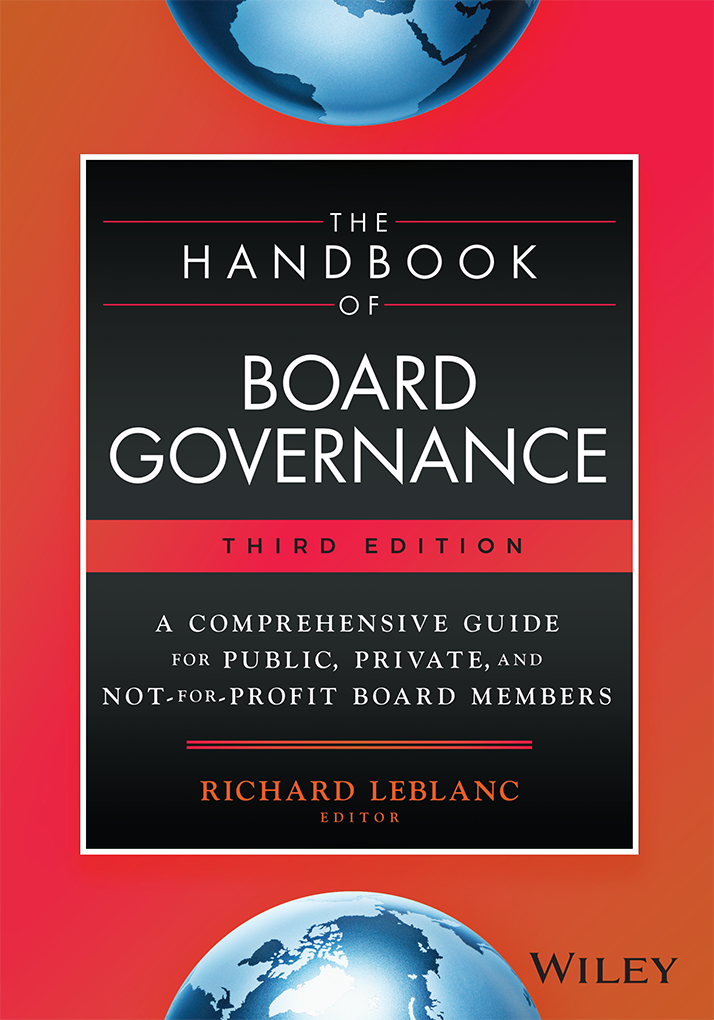The Penn State board of trustees did not escape blame in Louis Freeh’s 162 page report released this week. See the PDF summary here and pages 97-103 of the full report here on findings for the Board of Trustees.
The board had inadequate reporting procedures and committee structure, a poor tone at the top, was criticized for being a “rubber stamp,” and did not independently inquire and investigate.
What can university boards learn from this failure? A few things.
- Reduce your board size to 15, maximum. Penn State’s board was 32 members. Even the largest company boards have 12 directors on average. Larger boards tend to provide worst oversight when company size is held constant, the research shows. If you have a board this large, debate and decisions cannot occur – the board becomes ‘rubber stamp’ like Penn State’s was.
- Disestablish the executive committee. Executive committees dominated by university executives and a few directors creates a board within a board, which obviates the very need for the board and creates two classes of directors. It is a red flag for management control over the board. Executive committees have been disbanded in the corporate sector for this very reason.
- Have a rigorous code of conduct and compliance oversight, with reporting directly to a board committee. Have every university employee and key supplier sign the code and receive training on it. Have an independent and anonymous whistle blowing procedure. All good companies have these now and universities need to follow suit. Press on despite faculty associations’ allegations of breach of academic freedom.
- Have authority within board and committee charters to compel independent assurance and investigations, when the board or committee deems it appropriate. All good companies have this and universities do not. Penn State should have as the report states.
- Test tone in the middle and watch for pockets of undue influence. Tenure of 20-30 years in any position (coach, dean, director etc.) should be a red flag for improper succession planning. Insist on vacations, sabbaticals, term limits and regular leadership rotation and development for all positions.
- Select trustees on the basis of competencies and skills, not donations or favoritism. Restrict busy directors (3 or more directorships) as companies with busy boards tend to have worse long term performance and oversight, the research shows.
- Ask yourself whether all material risks (including compliance and reputation) of the university are reported and assured by the board and committee structure. Meet in executive session without management to discuss. Retain independent advisors to assist you if necessary. Insist that management implement full enterprise risk management.
- Lastly, insist on executive sessions where management leaves the room at every board and committee meeting. Pay particular attention to internal audit. This person should have adequate staff, resources, mandate and report directly to the board and audit committee, not management.
There are many shoes left to drop in the Penn State tragedy, including ensuing civil litigation. The vast majority of universities in my experience have not adopted the above recommendations for best practice. Many or most corporations, however, have. Universities and all educational institutions should not be immune from proper governance practices.
Posted by Richard Leblanc on Jul 13, 2012 at 3:13 pm in Not-for-Profit Board of Directors |












